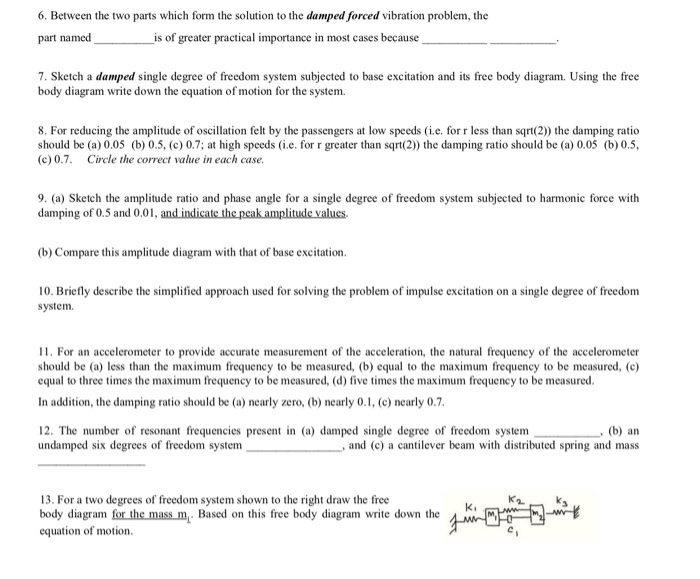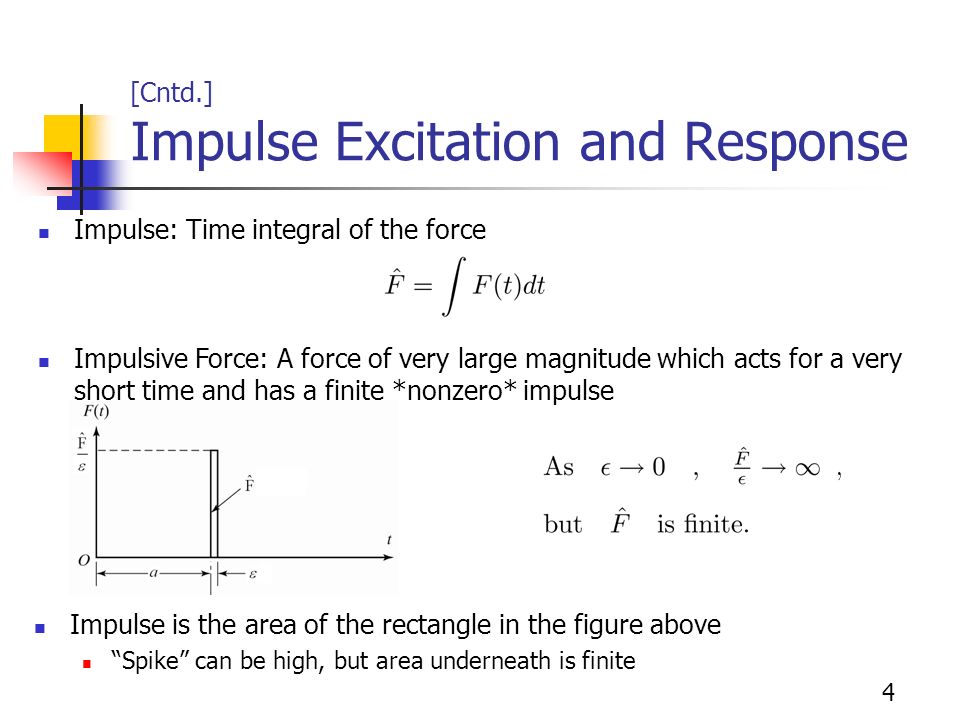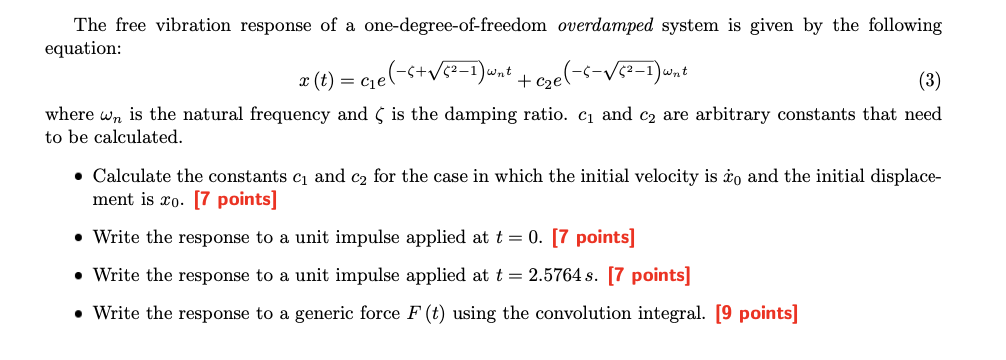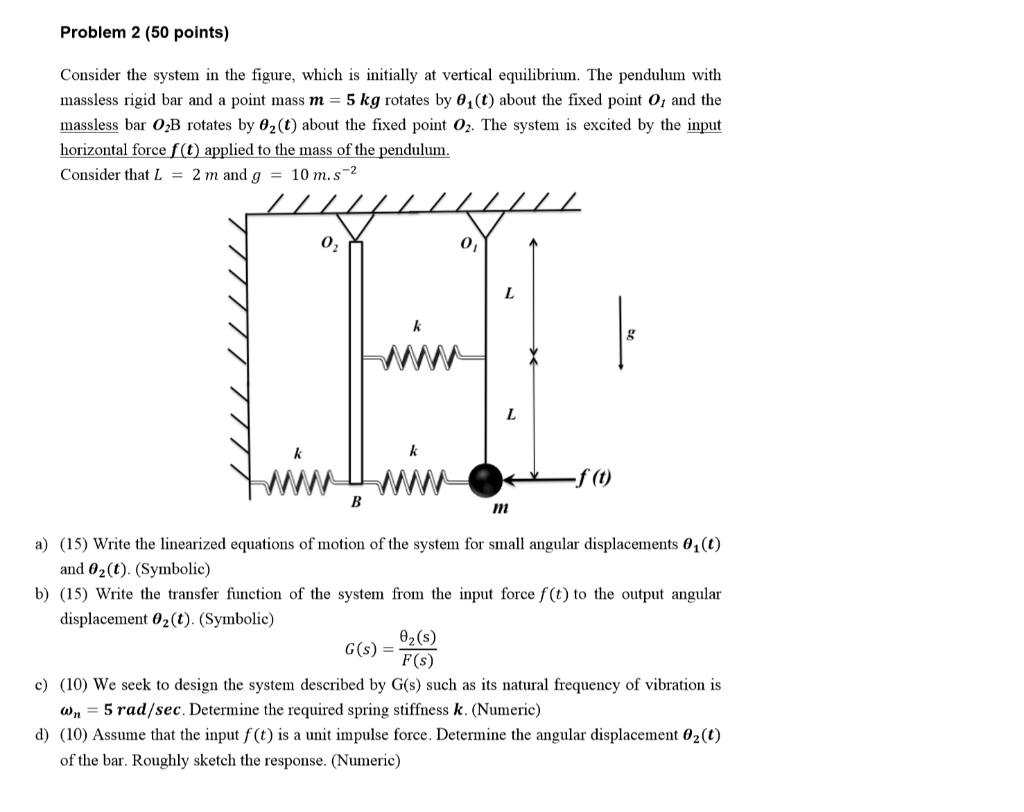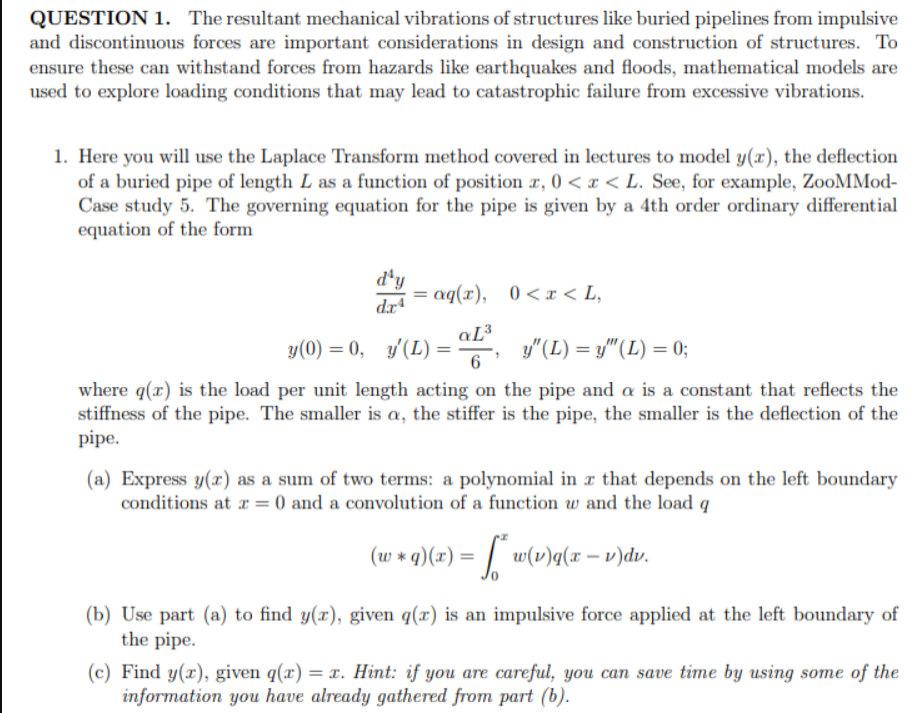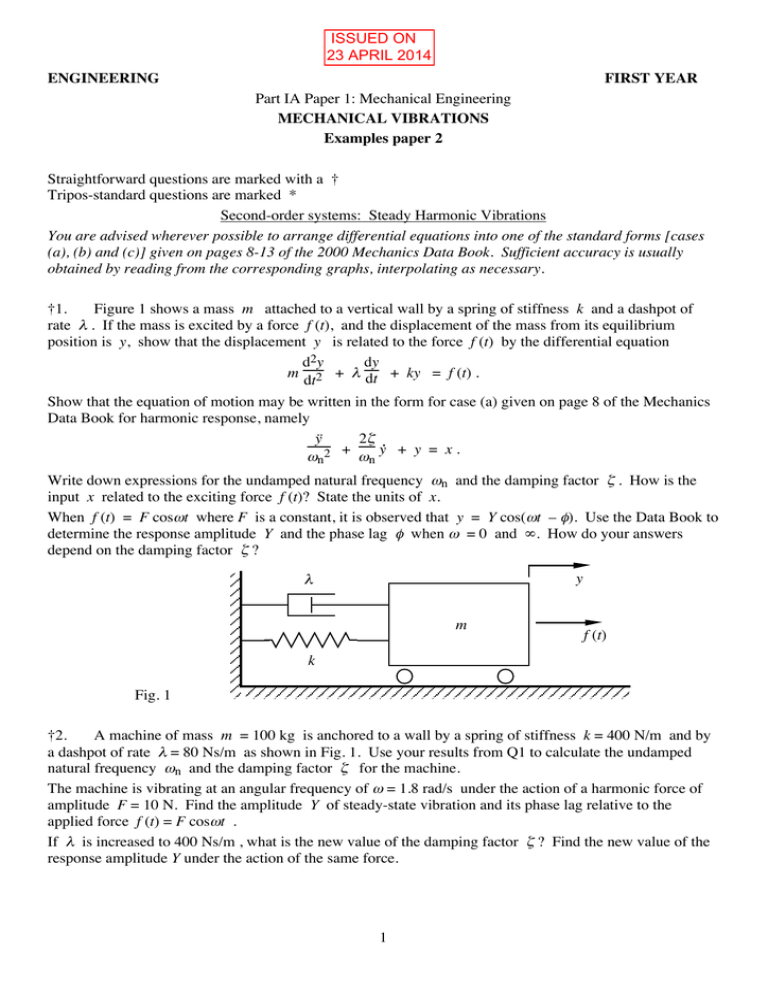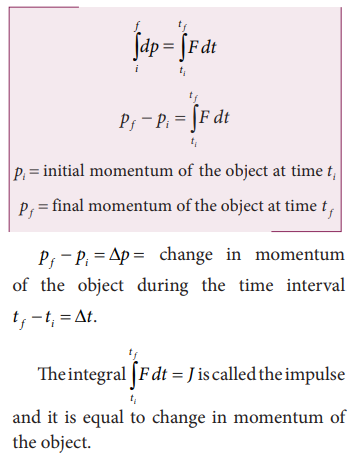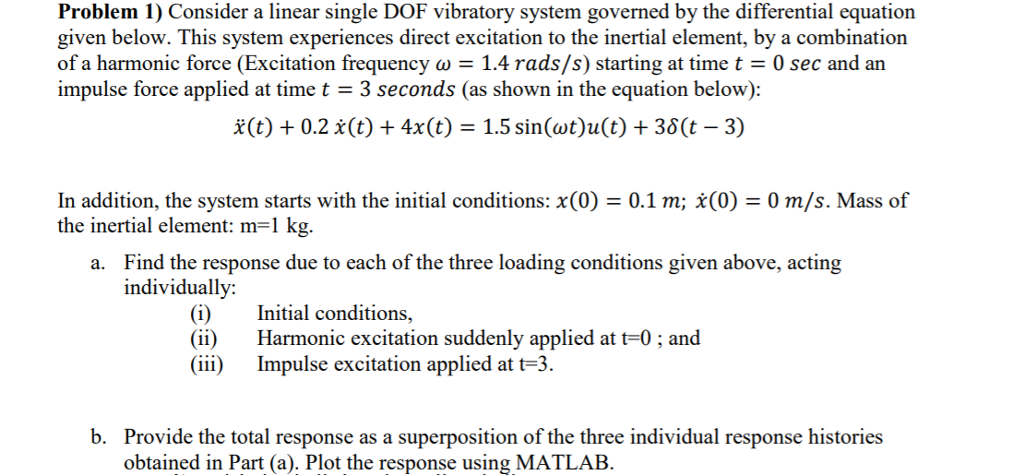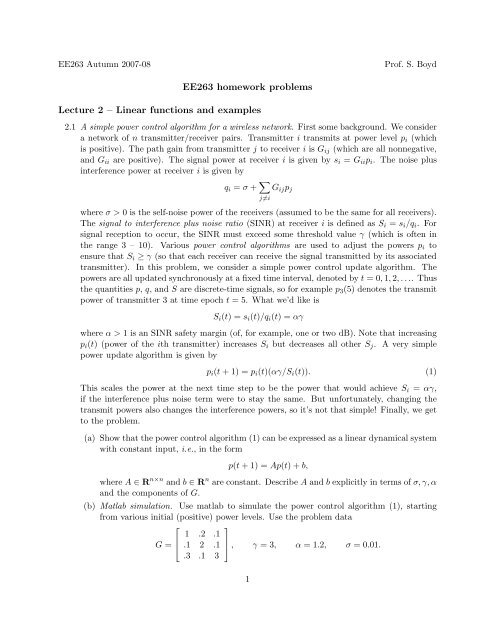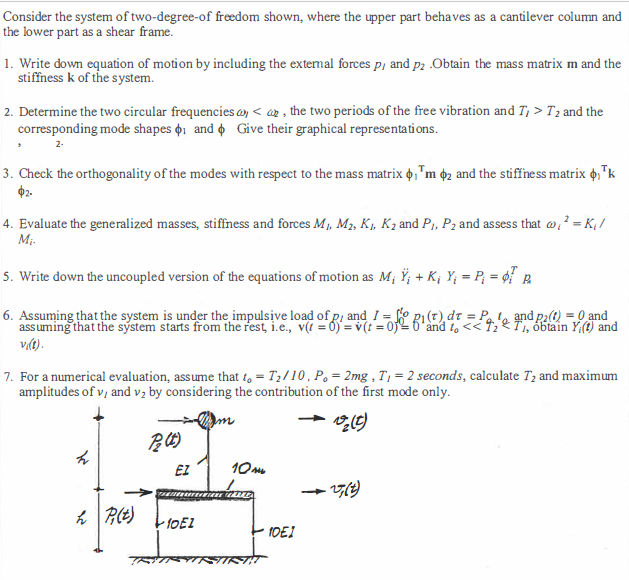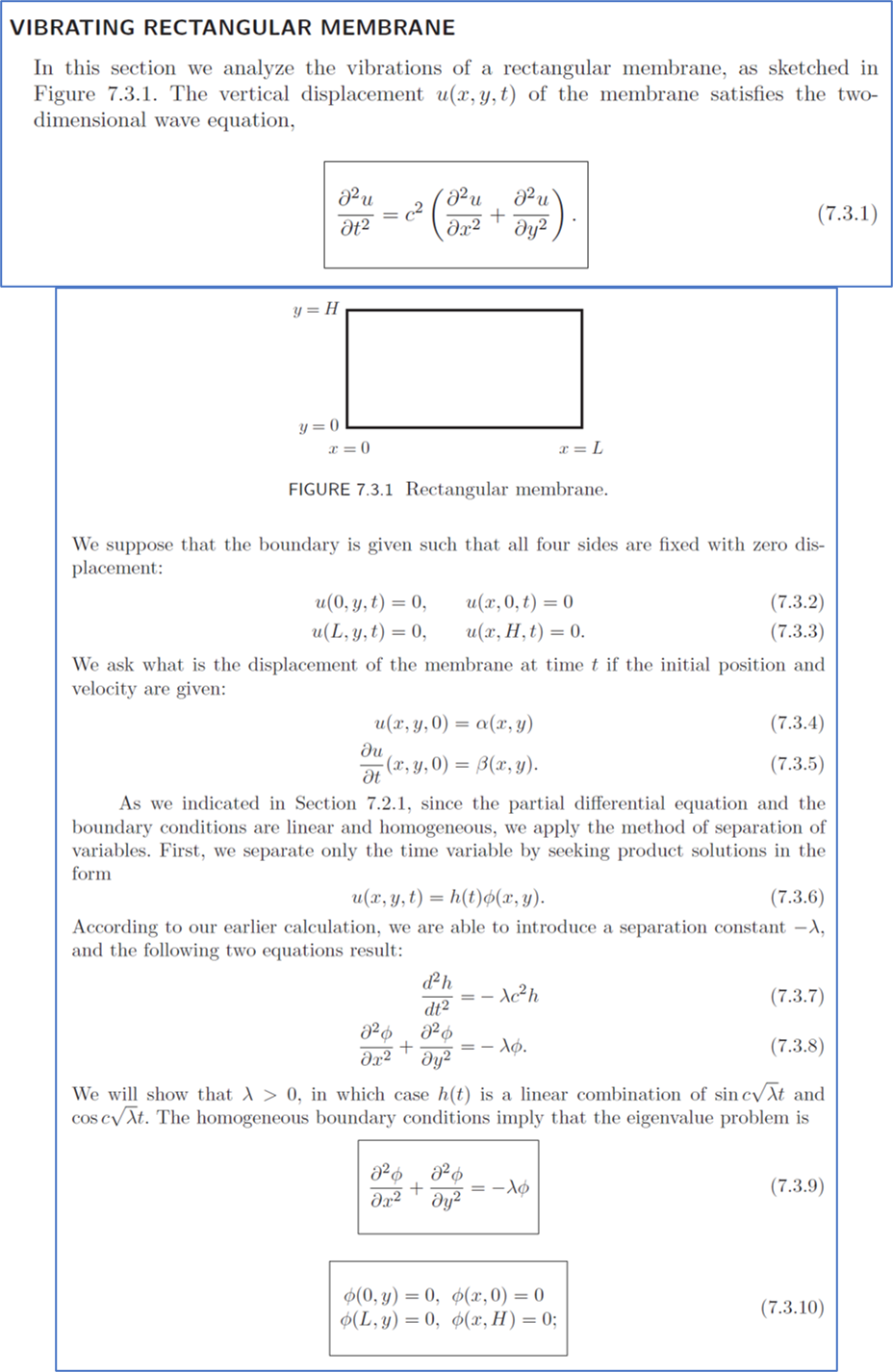
Calculate the impulse due to the force. (A). 20 kg m/s(B). 10 kg m/s(C). 5 N s(D). 15 N s | Homework.Study.com

For the given mass-spring system with m=1 kg, k=4 N/m . a) Derive the equations of motion and write them in matrix form, b) Calculate the natural frequencies and mode shapes, c)
10 Solved Questions - Dynamics And Vibrations | Assignment 7 | AAE 34000 | Assignments Aerospace Engineering | Docsity
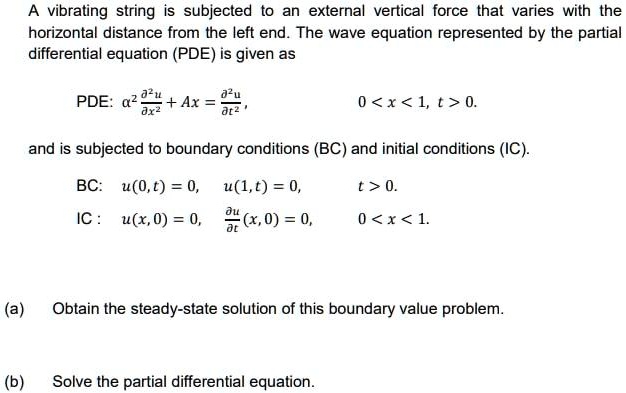
SOLVED: vibrating string subjected an external vertical force that varies with the horizontal distance from the left end. The wave equation represented by the partial differential equation (PDE) is given as 02M

The mass (m=1 kg) is vibrating initially in the mechanical system shown below. At t=0, the mass is hit with a force p(t) whose strength is 10 N. Assuming the spring constant

Find the response of the system illustrated in the Figure below to the input force shown. | Homework.Study.com

The choice of a seating material for moving vehicles depends upon its ability to resist shock and vibration Consider the graphs shown in Figure. Suppose that F_{1} = 0.9 N and F_{2} =

